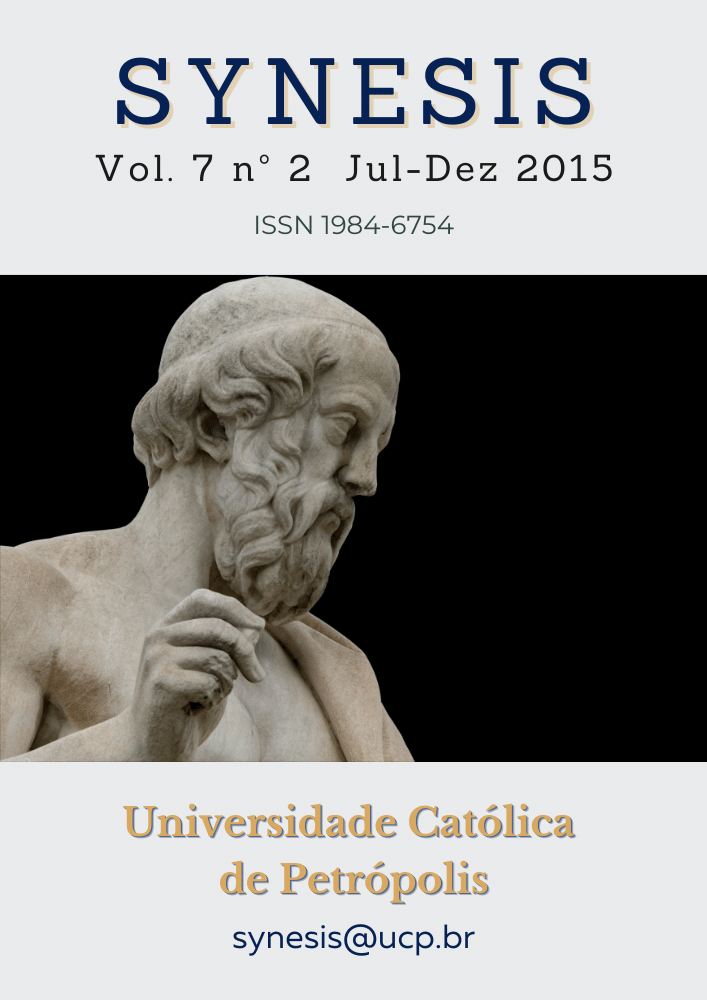Resumo
Sir Isaac Newton, writing in Latin, defined his celebrated laws of motion verbally. When the laws of motion are read as relating to his arithmetic (the Arithmetica Universalis) and his calculus (the method of fluxions), division by zero is undefined so his physics fails at mathematical singularities. The situation is unchanged in modern real arithmetic and real calculus: division by zero is undefined so both Newtonian Physics and its modern developments fail at mathematical singularities. However, when Newton’s text is read as relating to transreal arithmetic and transreal calculus, division by zero is defined and we show that the resulting Transreal Newtonian Physics does operate at mathematical singularities. We hold out the hope that the whole of modern physics may be similarly extended. We use the new physics to predict a convection current at the singularity in a black hole and suggest experiments in astronomy and high energy physics that might confirm or rebut our predictions. Thus our exegesis of Newton’s text extends mathematical physics and may, in future, extend experimental physics.Downloads
Não há dados estatísticos.
